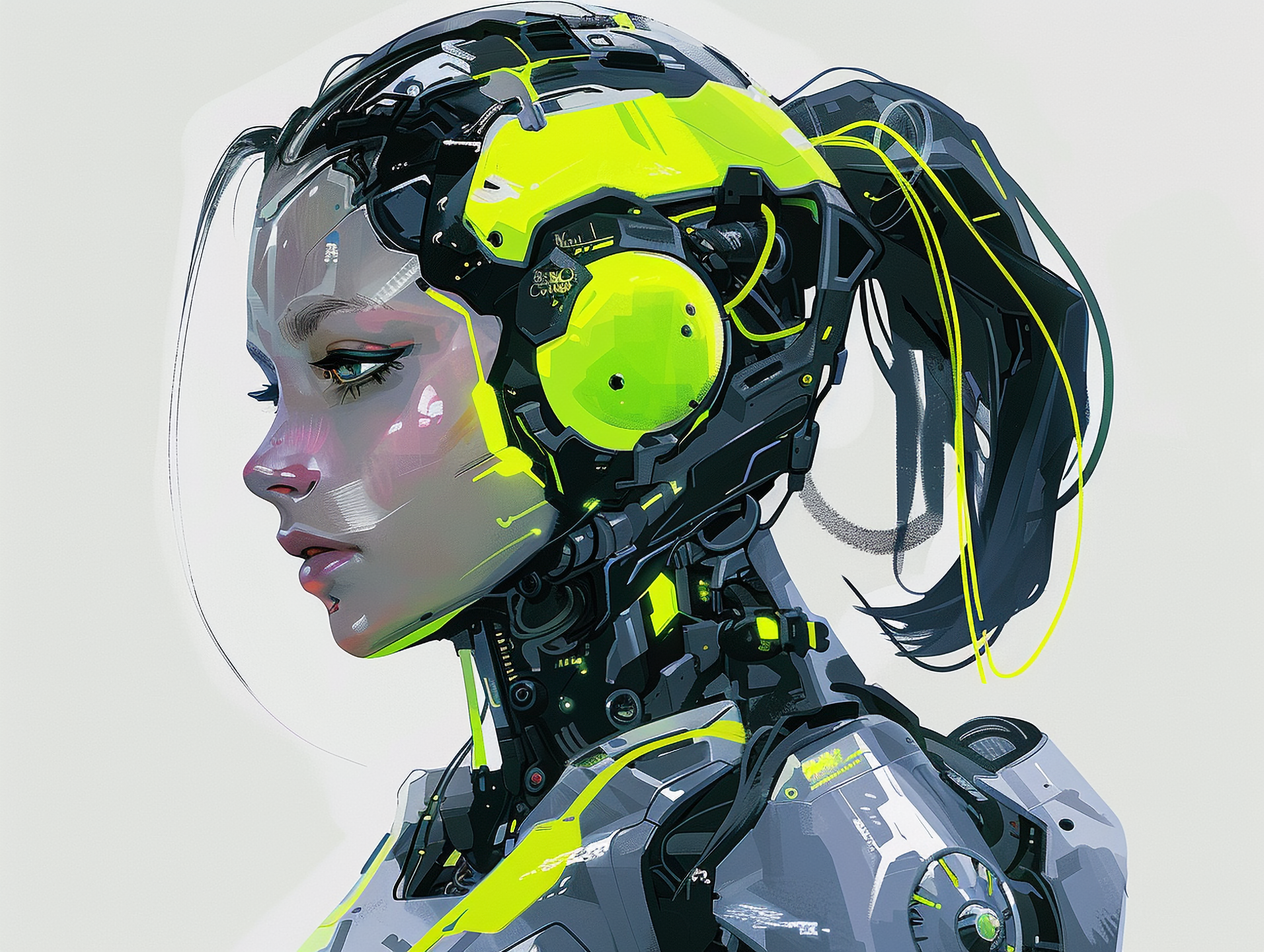
Sometimes I really wish I could just talk about the exciting stuff in our field – the breakthroughs, the beautiful solutions, the genuinely innovative experiences we craft. But lately, I find myself circling back to a deeply unsettling topic: the blurred lines between inspiration, iteration, and outright intellectual theft in the digital age.
This isn’t just about the occasional bad apple; it’s a symptom of a larger, more complex issue that we, as designers, need to confront head-on. The latest sting came from Bungie’s upcoming game, Marathon. An artist, @4nt1r34l, revealed that assets in the game’s alpha were shockingly similar to her poster designs from 2017. Her unique patterns and symbols, originally created years ago, suddenly appeared on in-game structures and even in Marathon’s ARG. The infuriating part? She never gave permission.
Now, do I blame Bungie entirely? It’s hard to. There was a trust placed in a former artist to deliver original work. That artist, however, clearly abused that trust, seemingly presenting someone else’s “obscure work” as their own. While Bungie has since responded, acknowledging the issue, reaching out to @4nt1r34l, and promising stricter internal checks, it raises a profoundly uncomfortable question for me, and for all of us in the creative industries.
This incident, and others like it, force us to examine the fundamental differences between art and product design (UI).
Art, in its purest form, is about creative expression. It’s born from a human mind, through their hands, fingertips, and imagination, onto a canvas, a sculpture, or a digital medium. Its primary purpose is aesthetic appreciation, to evoke emotion, to challenge perception, to tell a story uniquely from the artist’s soul – or lack their of. There’s an inherent expectation of originality, a personal signature woven into every brushstroke or pixel. When I see a piece of art, I want to feel the human connection, the individual voice.
Product design, on the other hand, has a different, yet equally vital, mandate: functionality and problem-solving. While it absolutely strives for beauty, clarity, and an engaging aesthetic, its ultimate success is measured by how seamlessly a user can achieve their goals. It’s about predictability, intuitiveness, and removing friction. Users don’t have the time or patience to “interpret” a navigation system or “figure out” a checkout flow. They want it to work, instantly, effortlessly. This focus on utility often leads to standardized patterns, familiar layouts, and a certain level of predictability – arguably, even staleness – in modern UX. And often, for good reason. Users appreciate familiarity; it builds trust and reduces cognitive load. Exciting, it is not.
This distinction is crucial. When an artist’s original aesthetic, born of personal expression, is lifted and repurposed into another product or service (Bungie’s Marathon example) without permission, it’s a violation of that artistic intent – even if it is meaningless, abstract, graphic art.
Generative AI art – let’s talk about it. If a human artist can be accused of stealing another’s work, how is generative AI art any different? It is literally taking the internet’s vast collection of human-created artwork – the countless hours, the raw talent, the unique visions – and “learning” from it to generate something “new.”
Note: The hero image is AI, I’m sure you could tell… Who do we credit for this beautiful art piece? Do I tag #stockAI? What about 1980’s cyberpunk/mecha anime where most of this style was actually born?
Is it truly unique? One-of-a-kind? Meh, sure, the algorithm might create a combination of elements. But can you find elements of other artists’ interpretations within it? Absolutely. Look at the way the internet took the beautiful, distinct aesthetic of Studio Ghibli and fed it into AI models. Suddenly, “AI-generated Ghibli-style art” flooded feeds – derivative, unearned, and often missing the profound soul that characterized the originals. It’s a regurgitation, not a revelation.
Was it human? Did it come from a human mind, through their wrists, to their fingertips? No. (If you exclude the brain sending a signal to your fingers on the keyboard) So, what is “inspiration” anymore? What can we, as designers, legitimately use or not use?
As a product designer, I constantly look at industry tech leaders for inspiration – they are the best of the best right? The ones paid all the money. I dissect their flows, analyze their visual hierarchies, and borrow patterns that have proven successful. We all do it. Bento box layouts, anyone? This is considered good practice – learning from proven solutions to create better, more intuitive user experiences. But where is the line drawn between “inspiration” from widely adopted functional patterns and the implementation of a distinct artistic style or specific visual assets, as seems to have happened with @4nt1r34l’s work? I’m not sure – I think it’s just ok now – which is just weird, not to mention soulless.
The core difference lies in the source and the intent. When a human artist is “inspired,” they interpret, transform, and infuse their own unique voice. When AI “generates” based on a vast dataset, it’s synthesizing, not truly creating in the human sense.
We, as humans, will always seek out the heart and soul of an actual artist. We crave that human connection, that unique perspective, that individual interpretation of the world. We derive meaning from human expression in a way that AI, no matter how sophisticated, can never replicate. It can never possess a soul, tell its own story, or feel the pain, joy, or frustration that fuels genuine creation. I truly hope the day never comes when we lose sight of that irreplaceable human element – life.
